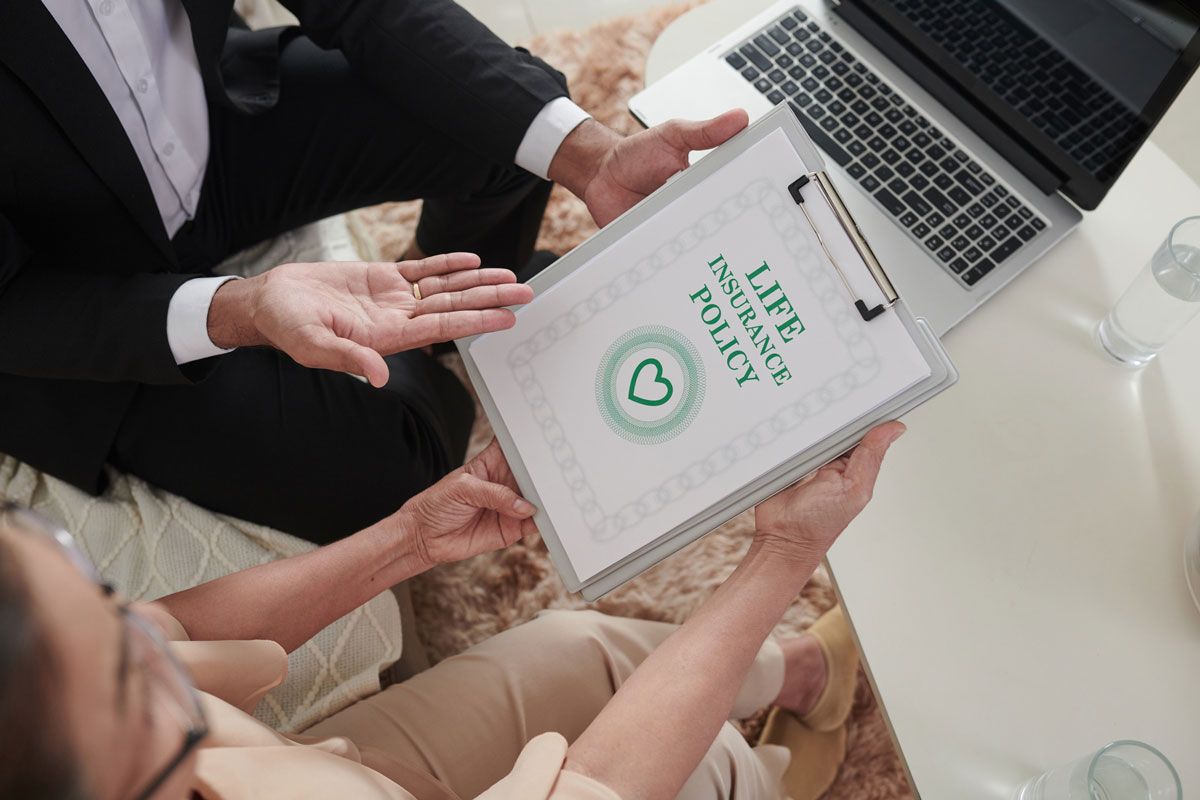The Ins and Outs of Small Estate Proceedings – A Simplified Process Under New York Law
When someone dies in New York State and has property titled in their name, there generally has to be a probate proceeding or intestate administration proceeding to transfer their property to the rightful beneficiaries.
Probate proceedings occur if the decedent had a Last Will and Testament (“a Will”). Intestate administration proceedings occur if the decedent died without a Will. There is an exception to this general rule, however, if the decedent had assets that are comprised of only personal property and the total value of those assets is less than $50,000.
Decedents are considered as having only personal property if they owned no real property (i.e. real estate) at the time of their death. Personal property does not simply mean tangible personal property, such as cars, boats, furniture, or jewelry, but also includes assets like bank deposits, stocks, and bonds.
New York law refers to this process as “Settlement of Small Estates Without Court Administration”, which is a bit of a misnomer because the local Surrogates Court in the county where the decedent died is involved with the process. Lawyers often refer to this process as a “Small Estate Proceeding”, and we will use that term here.
How is a Small Estate Proceeding started?
A Small Estate Proceeding is started by the proposed estate Administrator filing an Affidavit, which describes the assets of the decedent and lists who the beneficiaries are. If the decedent had a Will, the Will is filed with the Affidavit but is not subject to a full probate proceeding.
Do the Will beneficiaries still receive their bequests?
Yes. Although the Small Estate Proceeding is not a formal Will probate, the Will beneficiaries still receive what the Will lists as their bequests (assuming there are assets to fund them). If the decedent died without a Will, then the beneficiaries will be the decedent’s closest living relatives, as set forth in New York Estates, Powers and Trusts Law section 4-1.1.
Who can act as the Administrator of the Small Estate?
If there was a Will, the named executor has the first right to act as the Administrator. If there was no Will, then the decedent’s spouse, if any, has the first right to act as Administrator. If the decedent died without a spouse, then there is a priority amongst the decedent’s closest living blood relatives.
What other forms need to be filed with the Affidavit?
In addition to the Affidavit, the following forms generally have to be filed with the court: the Will (if any), the death certificate, a copy of the paid funeral bill, and a family tree affidavit. In addition, at the end of the process, the Administrator needs to file a final report, known as the “Report and Account in Settlement of Estate”.
What is in the final report?
In the final report, the Administrator provides the court with details regarding which assets were managed and liquidated in the Small Estate. In addition, they provide proof, via canceled checks or receipts, to confirm that the appropriate beneficiaries received their inheritances.
Do I need a lawyer to do a Small Estate Proceeding?
No, but having a lawyer available to ask questions of would certainly be helpful. The New York State Office of Court Administration provides an online DIY tool for non-lawyers to handle Small Estate Proceedings. The link for the DIY tool is: nycourts.gov/courthelp//diy/smallestate.shtml.
What happens if the estate ends up with more than $50,000?
If you start a Small Estate Proceeding with the belief that the estate assets are comprised of only personal property with a value of less than $50,000, you may find in time that the assets in fact are larger in value. You may also find that the decedent owned real property in New York or elsewhere. In those cases, you need to file a probate petition (if there is a Will) or an intestate administration proceeding (if there is no Will). The court will then essentially modify the proceeding to a probate proceeding or intestate administration proceeding. In order to do this successfully, it would be advisable to retain an attorney.
Does the Administrator get a commission?
No. In contrast to a probate proceeding or an intestate administration proceeding, the Administrator of a Small Estate does not get a commission for their services.
It can be challenging to determine what type of proceeding should be filed in Surrogates Court when someone passes away. As explained above, if the decedent’s estate is valued at $50,000 or less and has no real property, then a Small Estate Proceeding is appropriate. If the estate value is larger or real property is involved, then a probate proceeding or intestate administration proceeding will be required. In addition, it is important to remember that some assets flow to a surviving spouse or certain children under New York Estates, Powers and Trusts Law section 5-3.1, as family exempt property. An example of such property is a car less than $25,000 in value which can go directly to a surviving spouse, without even a Small Estate Proceeding.
In addition to the above, assets can flow from a decedent to another person pursuant to joint ownership or naming the person as a beneficiary, as in a life insurance policy. It can be confusing to know how to proceed, when a loved one dies. In order to handle the assets of a decedent properly, it is advisable to seek the assistance of an attorney experienced in estate administration matters.
Matthew J. Dorsey, Esq. is a Partner with O’Connell and Aronowitz, 1 Court St, Saratoga Springs. Over his 26 years of practice, he has focused in the areas of elder law, estate planning, and estate administration. Mr. Dorsey can be reached at 518-584-5205, mdorsey@oalaw.com and www.oalaw.com.











